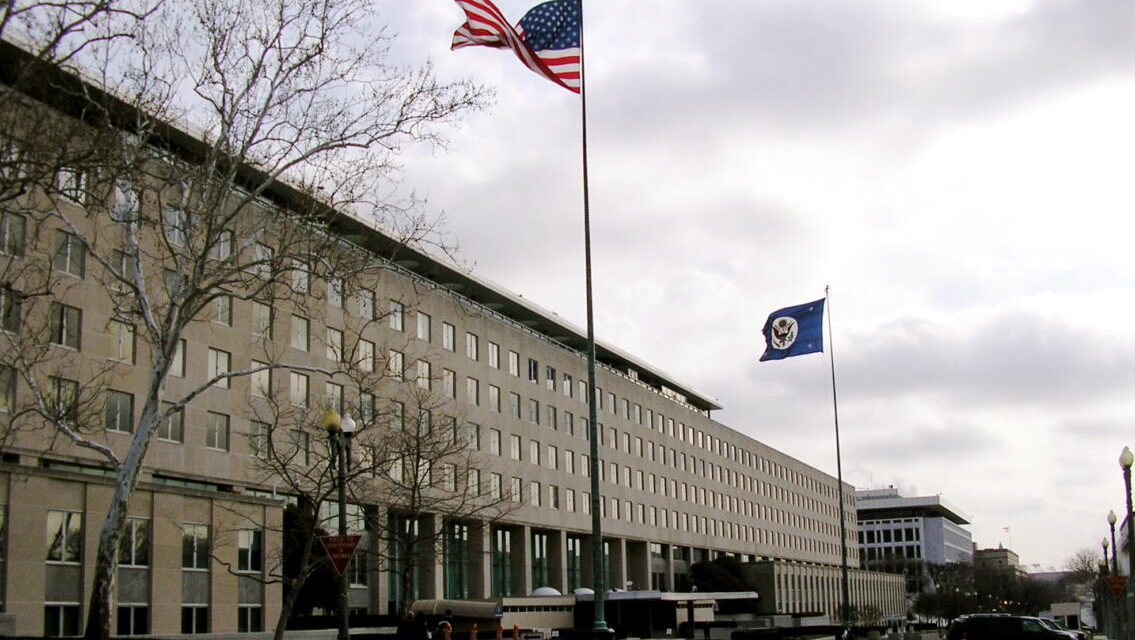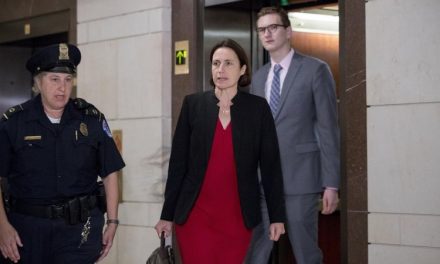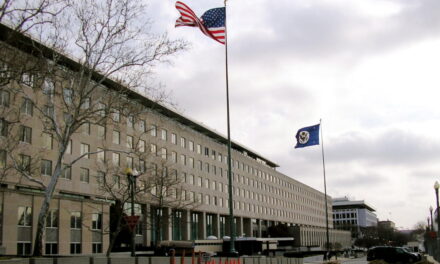The historical event of a savage bombing inside Iran’s new leadership after the Islamic Revolution of 1979. The Pahlavi monarchy was ousted, kept in power for decades by foreign states: USA, UK and Israel (Mossad trained the Savak secret police). The occupation of the U.S. Embassy and hostage taking uncovered top secrets detrimental to both the CIA and Mossad. How the Reagan administration managed to make a deal with the Islamic Republic of Iran to keep the hostages imprisoned until after the presidential election of 1980 is one of the secrets of the “deep state” – Pentagon and IC (27 units).
In addition to the deal with Iran, delivering spare-parts needed to keep the Western purchased fighter planes in the air, the CIA used the proceeds to fund the right-wing extremists in Central America: El Salvador and Nicaragua. The military goods were delivered to Iran through emissaries of Israel.
Rear Adm. John M. Poindexter, the President’s former national security adviser, testified that he had approved diversion of the profits to the contras without ever telling President Reagan or anyone else.
○ ‘The Buck Stops Here’ | The New York Times – July 1987 |
A list of America’s dirty wars with special forces training in Fort Bragg in the techniques of torture and effective guerrilla warfare.
○ Ten of the Most Lethal CIA Interventions in Latin America | TeleSur |
More below the fold …
Back to Iran and The Netherlands as a trial gets underway of two Moroccan gang suspects hired to liquidate two Iranians living with a new identity after receiving asylum!!! How deep must a nation sink and pretend it opposed terror of all sorts. Hypocrisy certainly after placing heavy diplomatic and economic sanctions on the Russian Federation since 2014.
First back to the horrific campaign of murderous bombings in Tehran in 1981.
Message to Massoud Rajavi: ‘Strike the heads of the serpent’
The eruption of riots was actually MKO’s first organized armed revolt to steer the country to the verge of a chaotic atmosphere and anarchy and it was followed by daily scattered clashes, bombings and terrorist atrocities. The ousted Bani-Sadr himself used as the pretext to trigger MKO’s armed revolt, encouraged the group to precipitate the created crises by a wave of violent activities including assassination of high-ranking statesmen and personalities. In her confessions after her arrest, Sudabeh Sadifi, an adviser to Bani-Sadr, asserted that Bani-Sadr after his dismissal in a message to Massoud Rajavi, MKO’s leader, urged him to “Start striking their heads. There is no other way.”
Plots to assassinate the key, influential heads in charge hatched just after Bani-Sadr and Rajavi’s hiding in the organization’s secret hideouts. The first perpetrated terrorist act was an attempt to assassinate Ayatollah Ali Khamenei, Tehran’s Friday prayers at the time, on 27 June, 1981; a bomb, concealed in a tape recorder, exploded beside him while he was delivering an address in Abu Dhar mosque south of Tehran. He escaped assassination but suffered serious injuries that left his right hand handicapped. The terrorist agent was identified to be a MKO’s central cadre, Javad Qadiri.
Tehran was still under the shock of the attempt assassination when MKO stroke the successive terrorist blow the day after on June 28. Reportedly, two blasts ripped through IRP building as the chief Ayatollah Beheshti was addressing his regular weekly meeting [NYT]. The death toll rose to 74 including Ayatollah Beheshti, Cabinet ministers, deputy ministers and members of Parliament. The perpetrator was identified to be an infiltrated agent of MKO, Muhammad-Reza Kulahi. It was so heavy a strike for the newly formed regime and both MKO and Bani-Sadr expected complete destabilization and overthrow of the ruling authority. However, the public reaction to such violent, immoral deeds was nothing more than a strong feeling of repulsion towards MKO.
On July 27, 1981, Muhammad-Ali Rajai won a landslide victory in Iran’s second post-revolution presidential election. Deeply disappointed, the sole option before the two fugitives living in secret hideouts was to immediately leave the country. On 29 July, Bani-Sadr accompanied by Rajavi, in disguise and by having shaved off his customary mustache, were driven to a Tehran military base and got on board of a hijacked Iranian air force 707 jet tanker around 10 at night.
Ministry Chides ‘Unfriendly’ Dutch Expulsion of Diplomats
Iran protested Sunday against the Netherlands’ expulsion of two of its diplomats and threatened to retaliate for the “unfriendly and destructive move.”
A spokesman for the Dutch intelligence service AIVD told AFP Friday that two employees of Iran’s embassy had been expelled on June 7, without providing further details.
The Dutch ambassador to Tehran was subsequently summoned to express Tehran’s “severe protest” at the move, Iran’s foreign ministry said in an online statement.
“As earlier announced to the ambassador of the Netherlands, the Islamic Republic reserves the right to retaliate,” Foreign Ministry spokesman Bahram Qasemi said in the statement. The expulsion was “illogical and illegitimate” and Qasemi called on “Dutch officials to refrain from leveling baseless and absurd accusations.”
Qasemi also called on the Dutch government to explain “its move to shelter the criminal and terrorist members” of the anti-Iran Mujahedin Khalq Organization (MKO).
Tehran banned the MKO in 1981 and the European Union put the group on a terror blacklist between 2002 and 2009.
○ Another Twist In Mysterious Murder Of 1981 Tehran Bombing Suspect | Radio Farda |
Iran Gov’t under Fire for Inaction towards Netherlands’ Expulsion of Diplomats
A conservative Iranian daily has harshly criticized the Rouhani administration, particularly the Foreign Ministry, for not showing proper reaction to the Netherlands’ expulsion of two Iranian diplomats.
Kayhan in a recent critical article that the two diplomats were ordered to leave the country after Amsterdam accused them of being involved in the murder of two anti-Iran individuals, namely Ahmad Nisi, a terrorist, and Ali Mo’tamed.
The newspaper takes a swipe at the Iranian government for issuing a statement in condemnation of the murder of Ahmad Nisi who, according to Kayhan, had the blood of many Iranians on his hands and was killed as a result of an internecine battle.
The Iranian ambassador was also summoned to the Netherlands’ General Intelligence and Security Service to be notified of Amsterdam’s decision to expel the two diplomats, writes Kayhan.
According to the daily, the Iranian ambassador did not show any reaction to the Netherlands’ statements and accusations. It said the ambassador expressed no official protest to Amsterdam’s accusing Iran of having committed the organized murders which had actually been the handiwork of terrorist groups, and simply asked the diplomats to leave the Netherlands because Amsterdam wanted them to.
Kayhan slams the Iranian government for not reciprocating the move. According to the paper, the Netherlands had given refuge to a terrorist, who had killed so many Iranians, but Iran remained silent without showing any proper reaction.
Further reading …








